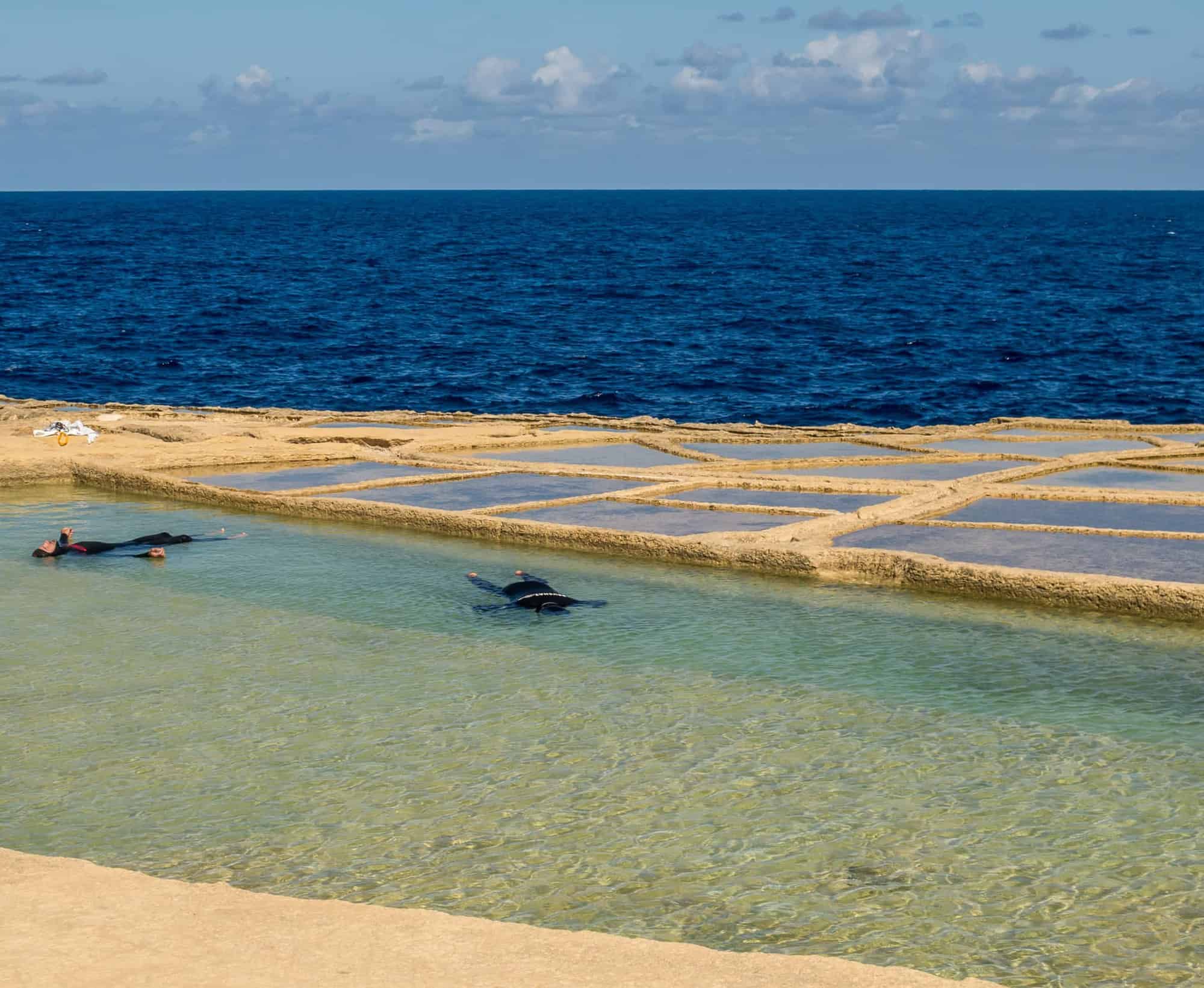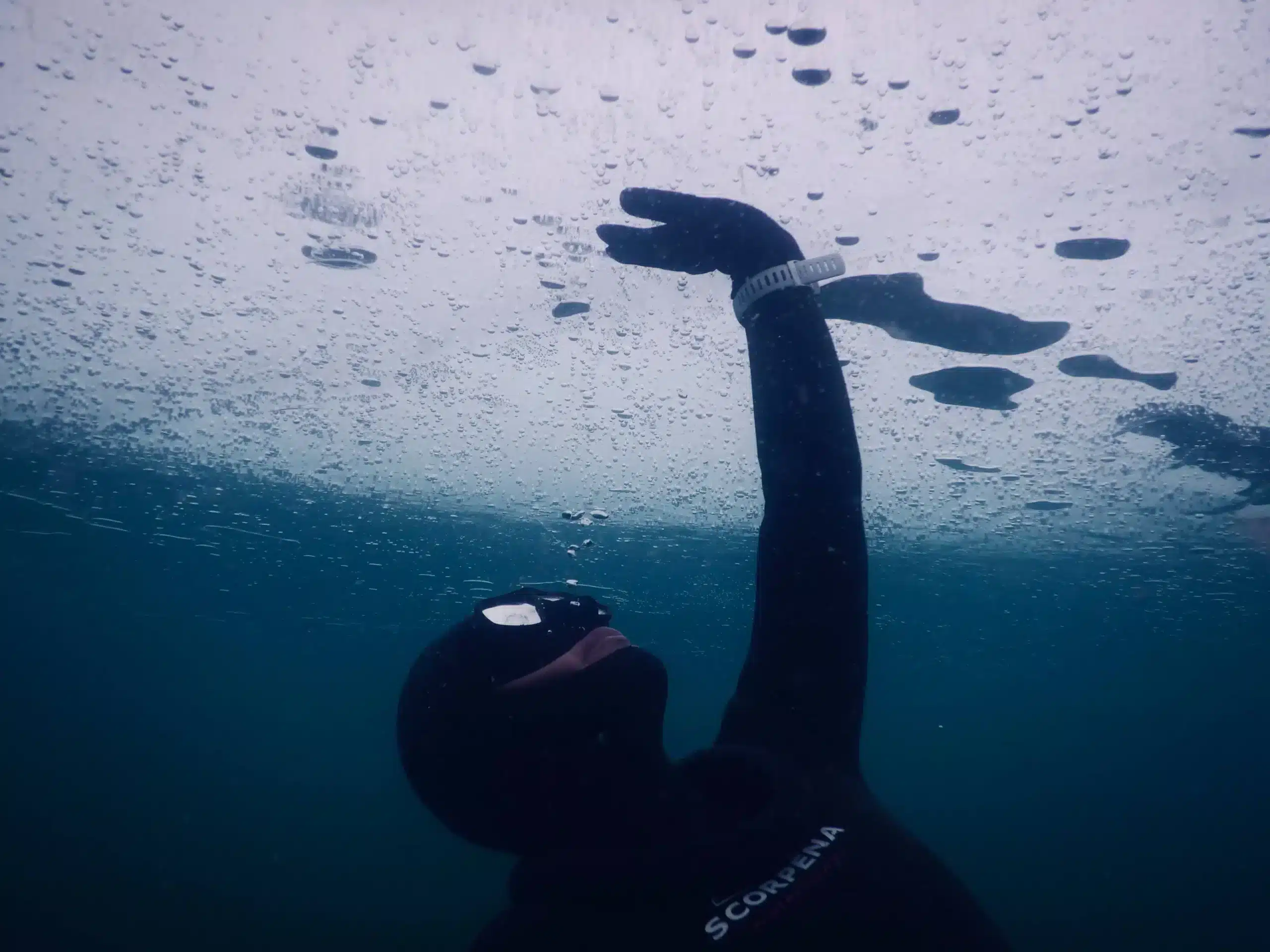The evolution of bi-fin technology and technique has come a long way since the birth of freediving. More so since the bi-fin technique is now an official discipline in competitions. The constant advances in technology from competing brands means freedivers are tweaking style for the best possible output. After all, the more we get out of finning with less effort, the easier and more pleasant our dives will feel; ie hydrodynamic. The end results? Quicker dive times reducing the risk of hypoxia, less Co2 production which in turn means less urge to breathe, reduction in lactic acid and of course, the best part of it, better relaxation!
Learning how to bi-fin correctly is not as hard as you think it is. It’s plain sailing once you understand how a fin works and what you need to do to make it work. Afterwards, it’s all about putting in the work and volume! Of course, you would need some guidance from a good coach.
This also goes for you recreational freedivers out there! Understand you don’t need to look like the pros you see on Youtube. Just a few tweaks with little training will increase your gains massively.
How should a freediving fin work?
Over here I am specifically talking about carbon material (although other fins would work just the same). Carbon fins are stiff which helps the blade snap back quickly, which is exactly what you want it to do. For a moment, imagine yourself in a tube. The blade should be swinging forward and back with the same amplitude without going too far forward or too far backward. This means your fins should not exit the tube. Small amplitude will cause the best direction of travel for what a freediver needs. Anything more is a waste of energy and results in a different direction of travel. Finally, the blade should remain straight with no twisting to the sides, so if this happens energy is being wasted.
How should we fin for the bi-fin technique?
Always remember the tube! We want to stay inside the tube, finning as efficiently as possible whilst propelling ourself in the forward direction. We need to be using the whole leg and different parts (inclusive of calves and ankles), at different times whilst remembering a small amplitude with higher frequency. This ensures less drag on your way down (and up!) whilst using different muscles that belong to leg. Amplitude is almost everything in bi-fin technique and most beginners and sometimes even ‘advanced’ students overlook this detail.
In order for a symmetrical kick, we need to be bending at the knee (contrary to what old-school teachers used to preach). As we bring the fin in front of our body with our knee and shin, focus is shifted on pushing the water with the upper part of your foot. Next comes bringing the leg back. For this part of the kick, we must ensure that our feet are pointed and straight to make sure the fin moves back symmetrical.
Three ways you can start working on your bi-fin techique.
- Strength – It goes without saying that the stronger you are, the easier you will push the fin through the water. Going to the gym three times a week will get you going in the right direction
- Pool work – The only way to correct your technique is by going to the pool and getting in volume by repetition. Don’t forget to buy a pair of training fins like Najade fins. Film yourself when doing this as it’s the only way you can start analysing and correcting your movements. Fine tuning at it’s best!
- Hiring a coach – If you can afford it, it’s always best to get some guidance. For gym work, you can start off by learning the correct movements. After a few months, you can stop paying a trainer and move on to your own workouts. You will probably need more guidance on your finning style.
Choosing blade stiffness for bi-fins.
It’s not easy choosing a blade with so many brands on the market all offering different stiffnesses. ‘Soft’, ‘medium’ or ‘hard’ will be different across all boards. Ultimately, the best way to choose a blade is by trying them on and going for a few dives. This can be tricky as you’ll have to find a matching size together with the brand you’re looking for. Thankfully, companies are very helpful in assisting you choose the right stiffness for your height and weight. Most companies are creating softer fins and most deep divers are going for those, for one good reason; the ability to create a small amplitude whilst maximising the calve muscles and ankles.
Additionally, some brands offer ‘in between’ stiffnesses; medium-soft and medium hard. Nowadays almost no-one goes for a hard fin unless they are relatively heavy and have strong kicking power. Today technology has come a long way with the softer fins creating significant power.
A final word
As humans, we spend our lives walking on land with very little time spent swimming. Whilst some of us are fortunate enough to be brought up in a sea-like environment, many are not. Just like anything else, if we put in the work, volume & consistency, our finning style will improve tremendously and the benefits are huge; for professional and recreational freedivers.
Hiring a swimming coach or professional freediver who can analyse your technique and give you specific training drills will go a long way in the beginning. Understanding what is needed will give you the tools to develop your style all by yourself. Don’t forget; it’s ok to bend your knees, avoid hip rolling and keep that amplitude small!

